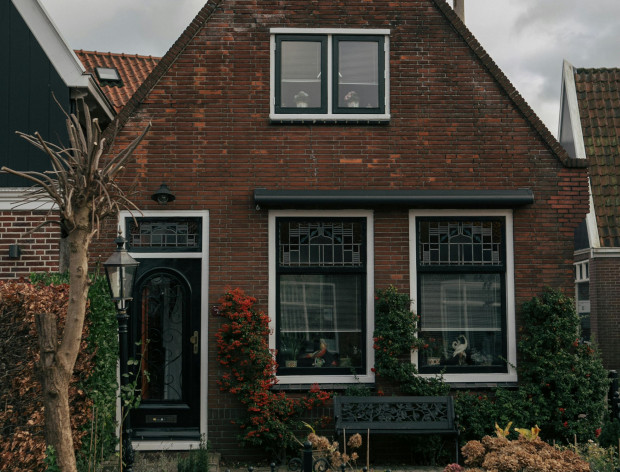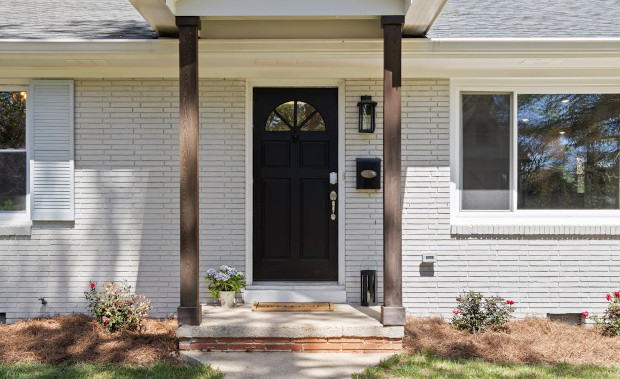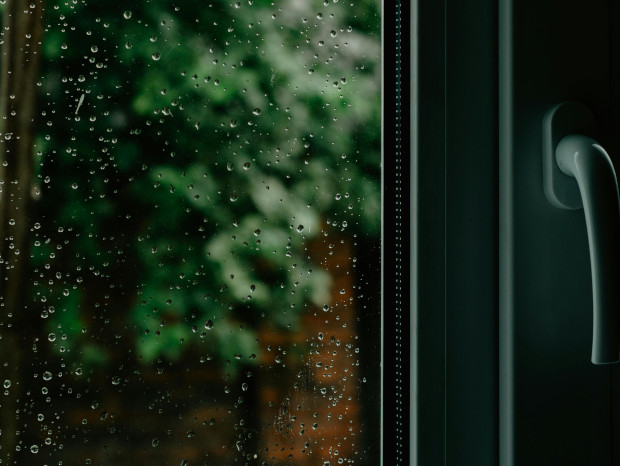Why Insulated Doors & Windows Are Essential for Reducing Heat Loss

Why Insulated Doors & Windows Are Essential for Reducing Heat Loss
Keeping a home warm and energy-efficient isn’t just about cranking up the heating—it’s about preventing heat from escaping in the first place. One of the biggest culprits for heat loss in homes? Poorly insulated doors and windows. When doors and windows aren’t up to standard, heat seeps out, forcing heating systems to work harder. This wastes energy drives up bills, and makes homes less comfortable. But the good news is that with modern insulation technology, homeowners can significantly cut heat loss while enjoying lower energy costs and a more comfortable living space. For those looking to upgrade, DM Windows offers high-quality solutions to improve insulation and energy efficiency. Now, let’s explore how heat escapes through doors and windows—and why insulation is the key to stopping it.
How Heat Loss Occurs Through Doors & Windows
Ever felt a cold draft near a window or door? That’s heat escaping and cold air creeping in. This happens due to three main types of heat transfer:
1. Conduction: Heat Escaping Through Materials
Heat moves naturally from warmer areas to cooler ones. When the weather outside is cold, heat inside the home escapes through window glass, door panels, and frames. Single-glazed windows and old wooden doors are particularly bad at stopping conduction, making rooms feel chilly.
2. Convection: The Draught Effect
Convection occurs when air moves through gaps and cracks around windows and doors. This creates a constant exchange of warm indoor air with cold outdoor air, leading to uncomfortable draughts and fluctuating indoor temperatures.
3. Radiation: Losing Heat Through Glass
The glass allows heat to pass through, which is why large, single-pane windows can feel icy cold in winter. The heat radiates outward, reducing indoor warmth and making rooms harder to heat.
The result? Higher energy bills, uneven room temperatures, and a home that struggles to stay warm. Fortunately, the right insulation can stop this heat loss in its tracks.

The Benefits of Insulated Doors & Windows
Modern insulated doors and windows do more than just keep the cold out—they offer a range of benefits that improve comfort, save money, and even help the environment.
Energy Efficiency: A Smarter Way to Keep Warm
Insulated doors and double or triple-glazed windows act as barriers against heat loss. By trapping warm air inside, they reduce the need for excessive heating, cutting down on wasted energy. Homes with high-quality insulation can see up to a 30% reduction in heat loss, making them far more energy-efficient.
Lower Heating Bills: Save Money Every Winter
The more heat your home retains, the less energy you need to keep it warm. Insulated doors and windows reduce reliance on central heating, which translates to significant savings on energy bills—especially during the colder months.
A More Comfortable Living Space
Nobody likes sitting next to a window and feeling an icy chill creeping in. Well-insulated doors and windows eliminate cold spots and draughts, helping to maintain an even temperature throughout the home. This makes every room feel more comfortable, no matter the season.
Better Noise Insulation
Heat isn’t the only thing that moves through windows and doors—so does sound. Insulated windows and solid-core doors provide an extra layer of noise reduction, making homes quieter and more peaceful. This is especially useful for those living near busy roads or in urban areas.
Environmental Benefits: A Greener Choice
Reducing heat loss means using less energy. And using less energy means lower carbon emissions. By installing insulated doors and windows, homeowners actively reduce their environmental impact, helping to combat climate change while also making their homes more sustainable.

Types of Insulated Doors & Windows and How They Work
Not all doors and windows are created equal when it comes to insulation. Advances in technology mean that modern materials and smart designs can drastically reduce heat loss. But what makes some doors and windows better at keeping warmth inside?
The secret lies in glazing, materials, and sealing techniques—each playing a vital role in maintaining an energy-efficient home.
Double & Triple Glazing: A Shield Against Heat Loss
Glass naturally conducts heat, causing single-glazed windows to lose warmth quickly. Double glazing reduces heat loss with two panes of glass separated by insulating gas, while triple glazing adds a third pane for even greater efficiency. This extra insulation helps maintain indoor temperatures and lowers energy consumption. Triple glazing also reduces noise, making it ideal for cold climates and urban areas.
Seals & Weatherstripping: The Small Details That Make a Big Difference
Gaps and cracks in doors and windows allow air to escape, reducing efficiency. Weatherstripping and high-quality seals, like rubber, silicone, and magnetic options, help block draughts and ensure a tight fit. Brush seals and foam weatherstripping further improve insulation by reducing air leakage. These small upgrades keep warm air in and cold air out, maintaining a stable indoor temperature.

Tips for Choosing & Maintaining Insulated Doors & Windows
Investing in high-quality doors and windows is only part of the solution. To get the most out of them, proper selection and maintenance are essential.
How to Choose the Best Insulated Doors & Windows
When upgrading doors and windows, consider frame material, glazing type, energy ratings, and seal quality. UPVC, composite, and aluminium frames insulate better than wood, while triple glazing is ideal for colder regions. Low U-values and certifications like the BFRC Window Energy Rating Scheme indicate high efficiency. Quality seals and weatherstripping are essential to prevent heat loss and maintain indoor comfort.
Keeping Insulated Doors & Windows Performing at Their Best
Even the best-insulated windows and doors require maintenance to retain their efficiency. Regularly checking seals and weatherstripping for draughts helps identify areas needing replacement, while keeping frames clean ensures proper closure. Condensation between glazing panes may signal seal failure, requiring a unit replacement. Professional installation is crucial, as poorly fitted windows and doors can undermine insulation and energy efficiency.
With rising energy prices and growing environmental concerns, insulated doors and windows are no longer a luxury but a necessity. By reducing heat loss, homeowners can save money, create a more comfortable living space, and lower their carbon footprint. Investing in insulation—whether through double glazing, high-performance doors, or better sealing—is one of the smartest home improvements available. If your home still has draughty windows or outdated doors, now is the time to upgrade for lower energy bills, greater comfort, and a more sustainable future.
Guest Article.




